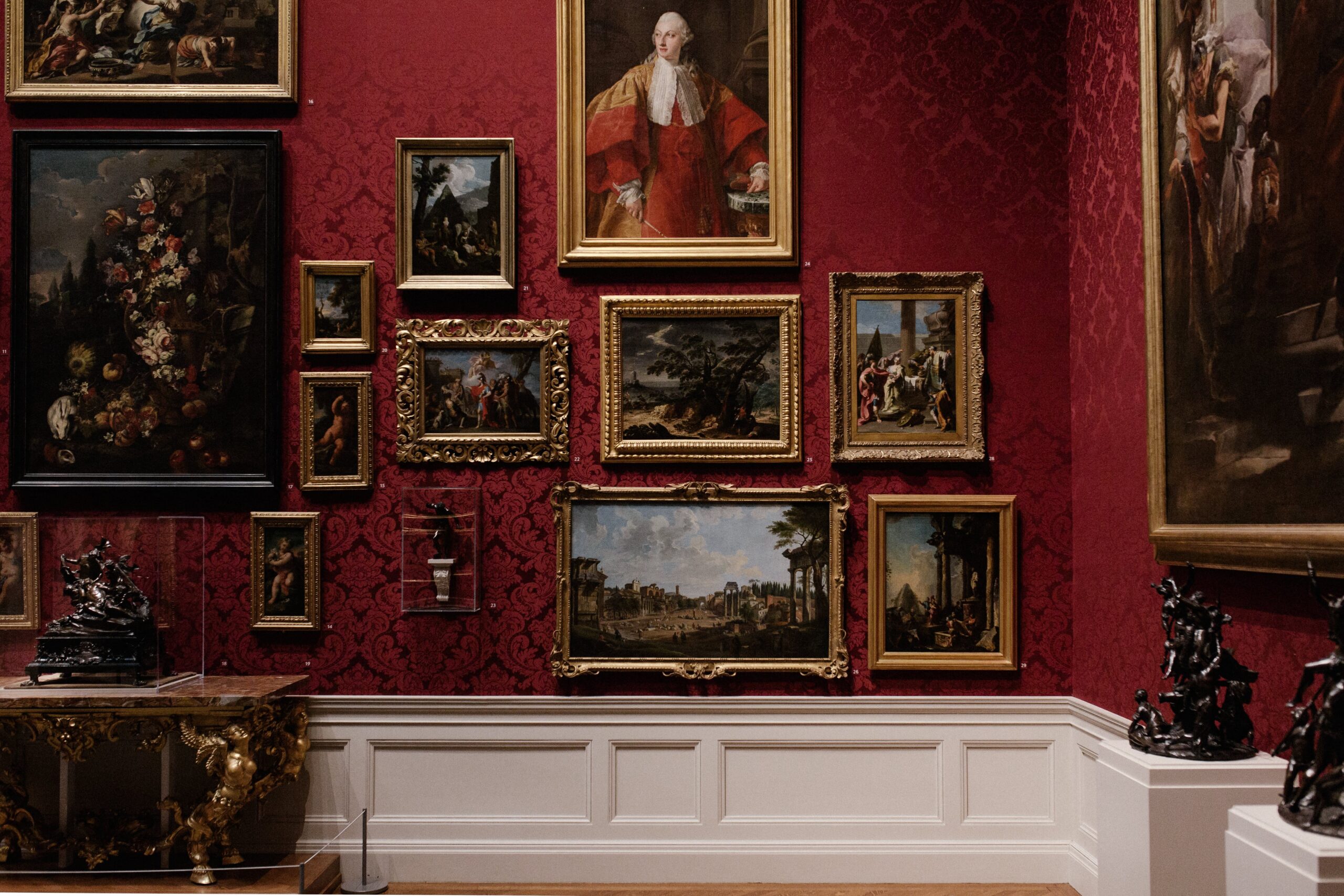In the bustling streets of Peshawar, where the whispers of the past mingle with the echoes of the present, stands a beacon of history – the Peshawar Museum. This isn’t just a building; it’s a sanctuary where time pauses, and stories from centuries ago are told through silent yet eloquent artifacts.
Founded during the twilight of the British Raj, the museum has been a guardian of the past, a place where the Gandhara civilization’s glories and the mysteries of Islamic art are preserved. As you step into its halls, you’re not just entering a museum; you’re stepping into a portal that takes you back through millennia.
Embracing the Past: The Evolution of the Peshawar Museum
The museum’s journey began with a noble purpose: to safeguard the treasures unearthed from the ancient Gandhara civilization. Over the years, its walls have embraced more than just artifacts; they’ve encapsulated the soul of the region’s diverse history.
From the serene Buddhist sculptures, each a testament to the artistic finesse of ancient craftsmen, to the intricate Islamic manuscripts that speak volumes of a scholarly past, the museum is a tapestry of stories. These artifacts aren’t mere exhibits; they’re remnants of lives lived, dynasties risen and fallen, a dance of cultures and conquests.
A Symphony of Cultures: The Collections of Peshawar Museum
Walking through the museum is like traversing the corridors of history. Each exhibit, from the majestic Buddhist statues to the regal Mughal relics, is a verse in the poem of the past. The Gandhara art pieces, with their unique blend of Greek and Buddhist styles, are not just sculptures; they’re frozen moments of a cultural confluence.
The Islamic and Mughal antiquities whisper tales of a different era, each item a fragment of the grand tapestry of history. These pieces aren’t just to be viewed; they’re to be experienced, felt with the heart.
Preserving the Pulse of History: Restoration and Education
The Peshawar Museum is more than a keeper of the past; it’s a nurturer of the future. The restoration efforts undertaken are acts of reverence, a tribute to the artisans of yesteryears. But the museum’s role doesn’t end with preservation; it extends to education. Through its programs and tours, the museum doesn’t just educate; it inspires, kindling a love for history in young minds.
Why Visit the Peshawar Museum?
In a world where the future constantly beckons, a visit to the Peshawar Museum is a pause, a moment to breathe in the essence of our shared past. Imagine standing before a Gandharan Buddha, its serene gaze offering a silent lesson in history and humanity.Every journey to the Peshawar Museum is more than a simple excursion; it’s a sacred voyage through the corridors of history, a profound exploration of the spirit.
Embarking on the Museum Odyssey: Your Guided Exploration
Arrival at the Museum: As you approach the grand facade of the museum, let the anticipation build. You’re about to witness the cradle of civilizations.
The First Encounter: Begin your exploration with the Gandhara gallery. Let each sculpture tell you its story, feel the emotions etched in stone.
The Mughal Majesty: Transition to the Mughal exhibits. Marvel at the intricate craftsmanship, the legacy of emperors and artisans.
Interactive Sessions: Engage with the museum’s interactive displays. They’re not just educational; they’re windows into the lives of those who walked these lands before us.
Reflect and Absorb: After your tour, take a moment to sit in the museum’s courtyard. Reflect on what you’ve seen, the journey through centuries you’ve just un
The Museum Shop
The museum shop at Peshawar Museum is more than a mere retail space; it’s a gateway to owning a fragment of the past. Every piece available here, from meticulously crafted replicas of ancient artifacts to books brimming with historical narratives, serves as a tangible reminder of your voyage through the annals of time. These items are not just purchases; they are mementos, each carrying a story, a memory, and a piece of the journey that you’ve embarked upon within these historic walls.
In Conclusion
The Peshawar Museum transcends the ordinary concept of a repository for relics; it is a vivid chronicle interlaced with the passage of eras, a narrative eagerly awaiting its audience. This institution serves as a beacon of our collective legacy, echoing the intricate and diverse narratives of human history to which we all belong.
As you meander through its corridors, the museum offers more than a glimpse into bygone days; it provides a profound connection with the myriad souls whose actions and stories have sculpted our shared history. Allow the museum to guide you on a voyage across the epochs. Each step through its galleries is not merely a visit but an odyssey of enlightenment, a quest of self-discovery, and a deep dive into the essence of our shared human journey.
